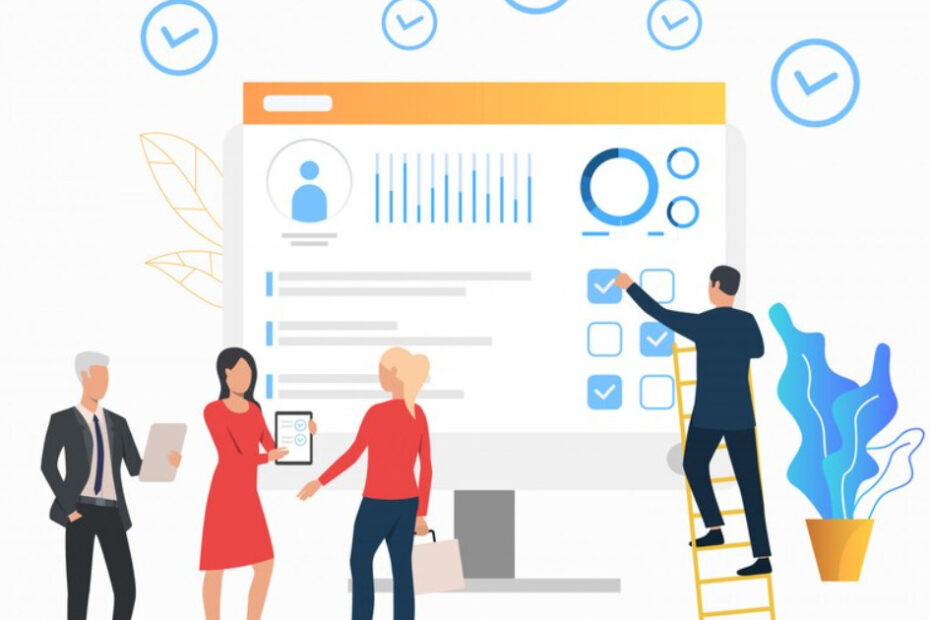Effectively manage employee’s performance while ensuring adequate time off is a balancing act that HR professionals and managers navigate daily. This dual focus is essential for fostering a productive, engaged, and satisfied workforce. This article explores the importance of integrating performance management with day off, offering strategies for achieving this balance.
Understanding the Significance
Performance Management:
At its core, manage employee’s performance involves continuously assessing and improving employee performance, aligning individual goals with the organization’s objectives. It’s a strategic approach that encompasses setting expectations, providing feedback, and facilitating employee development.
Days Off: Time away from work is vital for employee well-being. Days off, including vacations, personal time, and public holidays, help employees recharge, leading to increased productivity, creativity, and job satisfaction. Balancing these aspects requires a nuanced approach, recognizing that both are critical for long-term organizational success and employee fulfillment.
Day Off App is the #1 tracker for your team’s PTO, vacations and absences, Day Off will help you track your team’s leaves and absences in one place to respect the recipient’s work-life balance. In seconds you will set up your leave policies, approval workflow and enjoy a unique experience, integrate with Google Calendar, Outlook Calendar and Slack.
Strategies for Effective Integration
- Clear Communication of Expectations:
- Clearly define job roles, performance expectations, and how time off is managed within the organization. Employees should understand how their performance is measured and the importance of taking time off for their well-being and productivity.
- Flexible Scheduling and Time-off Policies:
- Adopt flexible work schedules and time-off policies that accommodate employees’ needs while ensuring business needs are met. Flexibility can increase employee satisfaction and reduce burnout, positively impacting performance.
- Encouraging Time Off:
- Cultivate a culture that values work-life balance by encouraging employees to take their allotted time off. Leaders should lead by example, taking their days off and highlighting the benefits of rest and disconnection.
- Use of Technology:
- Leverage HR technology tools to streamline performance management and vacation tracking. Automated systems can help manage vacation requests fairly and transparently, while also providing data for performance evaluations.
- Regular Feedback and Support:
- Incorporate regular check-ins and feedback sessions to discuss performance, goals, and well-being. These conversations can help identify if an employee needs time off to prevent burnout or to address personal matters affecting their work.
- Professional Development during Downtime:
- Offer opportunities for employees to engage in professional development during slower periods or as part of their time off. This can be a win-win, allowing employees to grow while ensuring they’re taking needed breaks from daily tasks.
The Impact of a Balanced Approach
Integrating performance management with days off can lead to a more dynamic and resilient workforce. Employees who feel their well-being is valued are more likely to be engaged, perform better, and contribute positively to the organization’s culture and success. Furthermore, a balanced approach reduces turnover rates, attracts top talent, and fosters a positive employer brand.
Conclusion
The integration of employee performance management and days off is not just a best practice but a necessary strategy in today’s fast-paced work environment. By recognizing the importance of both and implementing strategies that address each effectively, organizations can achieve higher productivity, better employee morale, and overall organizational health. The key lies in clear communication, flexibility, support, and leveraging technology to meet the needs of both the business and its employees.
